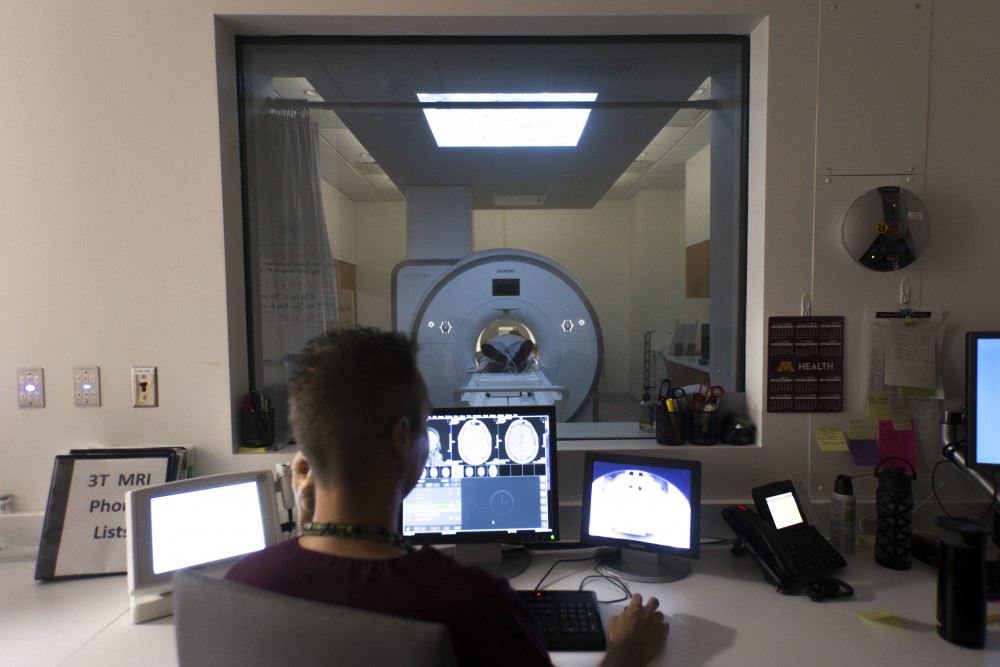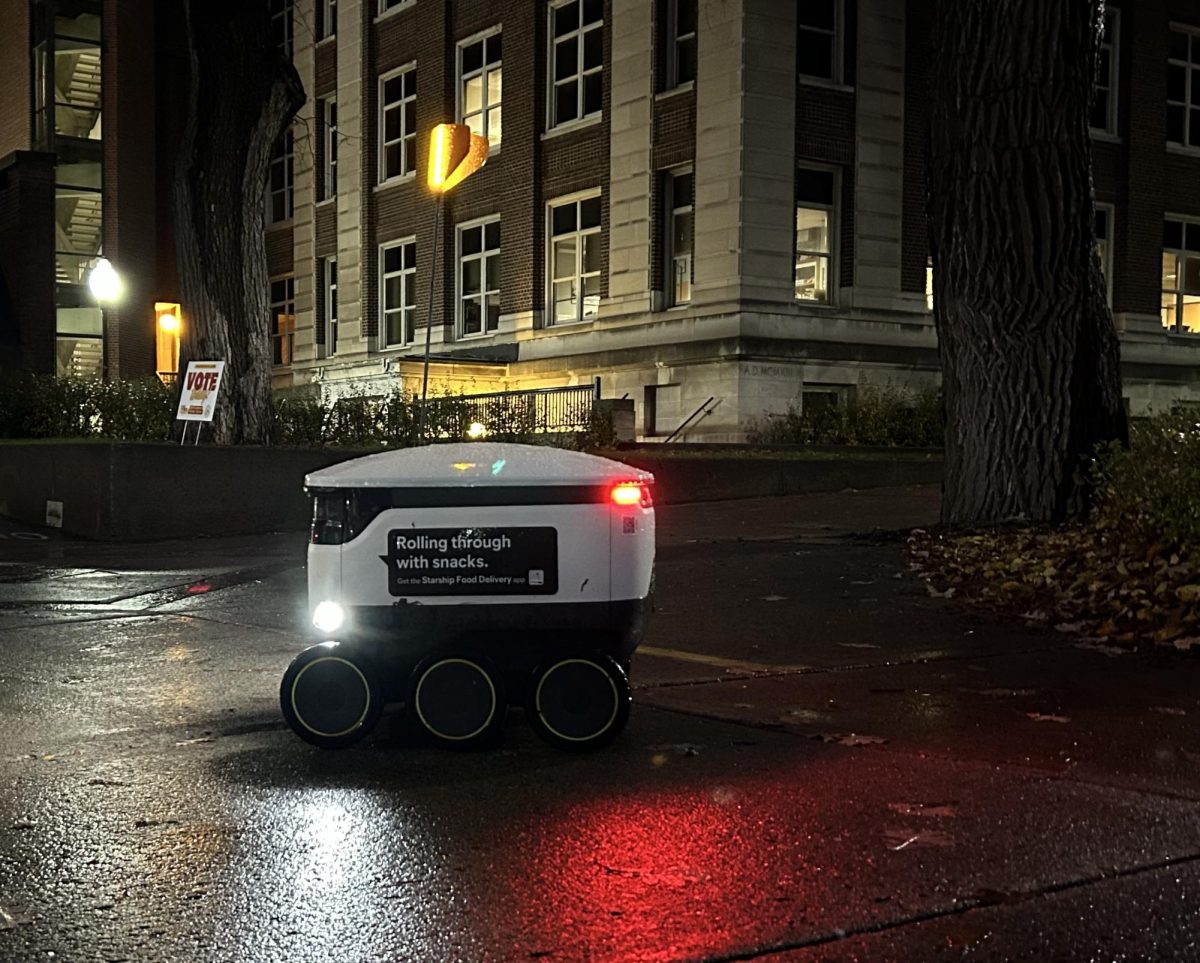The Clinics and Surgery Center at the University of Minnesota will receive a third magnetic resonance imaging machine to meet high demands and alleviate wait times.
The Board of Regents approved the additional MRI machine at their June meeting. The total project cost is approximately $2 million, with construction beginning this summer and operation starting in December.
Currently, the center has two MRI machines and patients can be on the waitlist for an MRI for 2-3 weeks, depending on the scan type. Typically, patients can get scheduled for an MRI within a few days. The center has recently resorted to administering more MRI’s on Saturdays and Sundays and extending their hours to keep up with demands.
The longer wait times can cause anxiety for patients, who are sometimes unaware of what their condition is or if their illness has spread, said Charles Dietz, the chair of the University’s Department of Radiology.
“One or two weeks probably doesn’t make much of a difference for [cancer] patients, but I can tell you emotionally, to not know whether you have cancer … or what the kind of cancer is, if you can’t get a scan within a week, that’s a very scary proposition,” Dietz said
M Health has seen a 10 percent system wide increase each year in MRI demands, performing about 20,000 MRI’s per year at numerous M Health locations, Dietz said.The M Health system has had to add another MRI machine every few years because of this demand, he said.

“It’s important to continue to support the needs and the growth that we’ve had … and we can tell from our backlog that we’re not supporting them fully at this point,” said senior clinic manager at the Center for Clinical Imaging Research Joanne Johnson.
Common conditions that have required these MRI’s have been prostate cancer, breast cancer and liver conditions such as liver cancer and fatty liver disease, Dietz said.
Johnson said another reason for the increase in demand is an influx in Gophers athletes needing MRI’s.
“What we’re finding is patients actually don’t mind [getting an MRI done on] evenings and weekends. What they do mind is waiting two weeks,” Dietz said.
While there are other locations near campus for people to get MRI’s, staff at the Clinics and Surgery Center say that people prefer to get their MRI done at the center and have a longer wait time due to the quality of the care and technology offered at the center.
“[The new MRI machine] will continue to help the [University] have a forward face of innovation and be at the cutting edge of radiology,” said Eric Hoggard, vice president of clinical operations for the University’s Department of Radiology.
It is also cheaper for patients to get MRI’s at outpatient centers like the Clinics and Surgery Center rather than in an inpatient hospital, according to Hoggard.
“One of the goals for public health is to get our outpatients out of the hospital and into an outpatient center … It’s better for us because we all enjoy good service at the right place at the right time. Financially, it’s a bit of a burden [on the University] to move people to the outpatient services but it’s the right thing to do [because it saves patients money],” Hoggard said.







